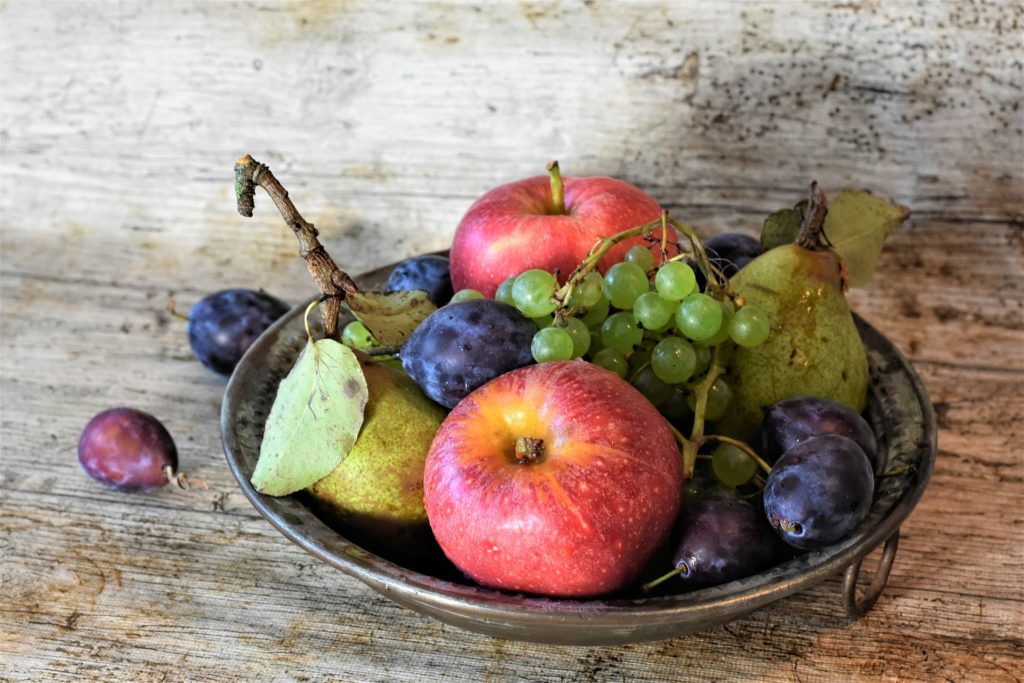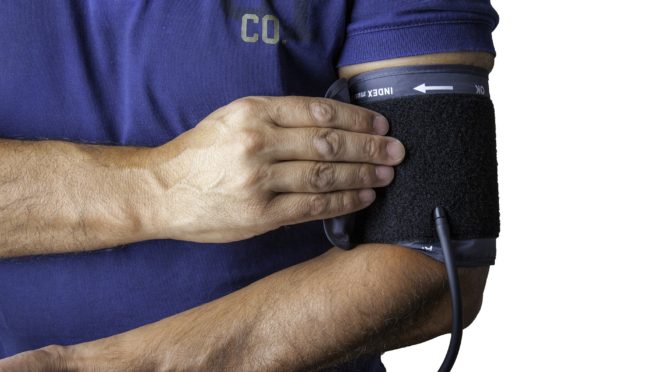Heart disease is the number one killer of both men and women in many countries. Although blood pressure is often thought of as an important risk factor, blood pressure can actually decrease after eating certain meals.
This article will take a look at blood pressure changes after meals, what causes them, how blood pressure is generally affected by foods, and which specific foods may be responsible for blood pressure changes, and low blood pressure eating.
Reading the blood pressure numbers that flash on the monitor above you is an unpleasant task most of us try to avoid, especially when they are high.
A blood pressure reading consists of two numbers, one over the other: systolic blood pressure (the first number) and diastolic blood pressure (the second number). The blood pressure reading is usually written in millimeters of mercury (mm Hg), with the systolic blood pressure listed first.
Blood Pressure Information Source
The National Heart Lung and Blood Institute is a government organization that provides accurate information on blood pressure readings. Medications are often prescribed by healthcare providers after examining blood pressure readings. Mayo Clinic is a trusted source of blood pressure information.
What causes blood pressure to fall after a meal?
One reason blood pressure may fall after a meal is because blood volume increases. This happens because digestion requires blood flow in the stomach and intestines, diverting blood from the limbs.
Blood pressure usually falls during active standing when blood vessels in the legs are compressed by tight muscles and the return of blood to the heart is reduced, but it returns when one ceases walking and blood vessels expand again. Generally speaking, there is no harm in allowing blood pressure to fall because compensated mechanisms exist that quickly raise blood pressure back to normal levels when needed.
Heart Disease Factors
According to Mayo Clinic, high blood pressure can lead to blood clots, eye damage, aneurysms, heart attack, or stroke. High blood pressure is more likely to occur with age and genetics and can result from consuming too many calories and not exercising regularly.
Blood Pressure:
According to the Seattle Heart Institute, blood pressure is the force of blood pushing against blood vessel walls as it circulates through your body. Your blood pressure changes throughout your life depending on how you treat it.
According to the National Institutes of Health ( NIH ), two numbers are recorded when checking blood pressure: systolic blood pressure (the first number) and diastolic blood pressure (the second number).
Blood pressure readings consist of these two numbers. Systolic blood pressure represents the highest blood pressure when blood pumps through your blood vessels. Diastolic blood pressure is the lowest blood pressure when blood vessels are between heartbeats.

What Foods Affect Blood Pressure?
Carbohydrates: Starches, such as bread and pasta, can cause blood sugar levels to rise quickly, increasing insulin production and resulting in lower blood pressure after approximately 30 minutes. Protein: Animal protein, including meat, eggs, and poultry without skin, may increase blood pressure because of the high saturated fat content.
Sodium also plays a role in raising blood pressure, due to its effect on fluid retention. Fatty Acids: Trans fats have been linked to increased risk factors for cardiovascular disease because they have a tendency to raise blood cholesterol levels while lowering HDL “good” cholesterol levels. If blood sugar is not properly regulated, it can lead to insulin resistance and high blood pressure, according to the American Heart Association.
The blood pressure changes after a meal are normal. Sensible lifestyle changes are very effective in reducing blood pressure within blood pressure target ranges. A low sodium diet, regular exercise, and quitting smoking can help lower blood pressure if you have normal blood pressure or prehypertension.
If blood pressure is extremely high, daily activities can be difficult because of dizziness when standing up quickly. Extremely high blood pressure may require more extensive treatment with medications or even an implanted device that automatically helps maintain appropriate blood pressure levels.
You should seek medical attention if blood pressure is consistently high, blood pressure medications are not working, blood pressure increases over time, blood pressure is especially low or blood pressure causes severe headaches, according to the NIH.
According to Mayo Clinic, blood pressure normally changes throughout the day. The highest blood pressure should occur when you are active and the lowest when resting at night. Your blood pressure can also be affected by what you eat for lunch, medication use, and how much water your drink that day.
Never ignore persistent high blood pressure because it may lead to serious health problems later in life. Follow a healthy diet, exercise regularly, and visit your doctor regularly to keep blood pressure within target ranges. Talk with your doctor about blood pressure medications and blood pressure targets that work for you.

Low Blood Pressure Eating
Foods that lower blood pressure tends to be high in fiber, potassium, and magnesium. Fruits, vegetables, whole grains, and low-fat dairy products are also rich sources of these nutrients.
A diet filled with foods that help maintain healthy blood pressure levels may reduce the risk of health problems associated with high blood pressure including heart disease, kidney failure, stroke, and vision loss.
The following foods are all known to help lower blood pressure levels:
1. Mixed nuts (almonds, walnuts, pistachios)
2. Plantain bananas
3. Cranberries
4. Dried plums (prunes)
5. Blueberries
6. Black grapes
7. Red wine
8. Flaxseed oil
9 . Coffee
10 . Ginger root
11 . Dark chocolate
12. Green tea
13. Fresh fruits
14. Fresh vegetables
15. Beans and legumes
16. Low-fat dairy
Eat less of These Foods
1. Red Meat
2. Pork
3. Chicken
4. Fish
5. Full-fat dairy
6. High sodium packaged foods
7. Deli meats
8. Frozen pizza
9. Pickles
10. Canned soups
Top 5 Health and Weight Loss Supplements
Conclusion
This article is meant to be informative and educational. We hope that you find it helpful in understanding how your diet can affect your blood pressure levels, as well as the impact this may have on other parts of your health.
Eating healthy is not only good for your body, but it also helps lower blood pressure.
Eating these foods will help you lower your blood pressure. The best way to reduce the risk of high blood pressure is through diet, exercise, and weight management. This article explores some simple changes that can make a big difference in lowering your BP without medication or surgery.
The Health Wealth Lifestyle is written for informational purposes only. Please consult your healthcare professional as needed. Disclosure: I may receive affiliate compensation for some of the links above at no cost to you if you decide to purchase anything. This site is not intending to provide health or financial advice. This is for entertainment only. Please consult a professional as you see fit.
